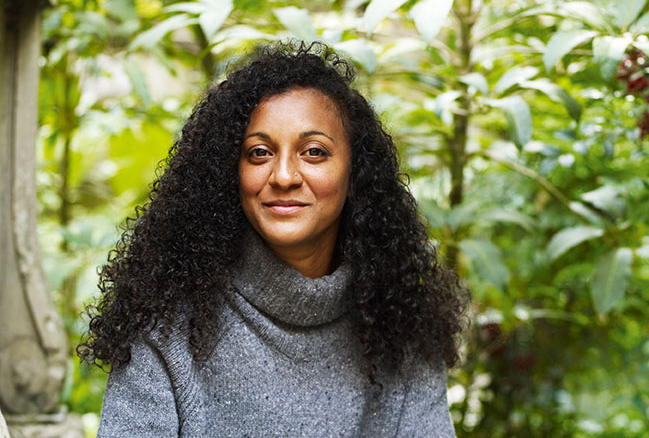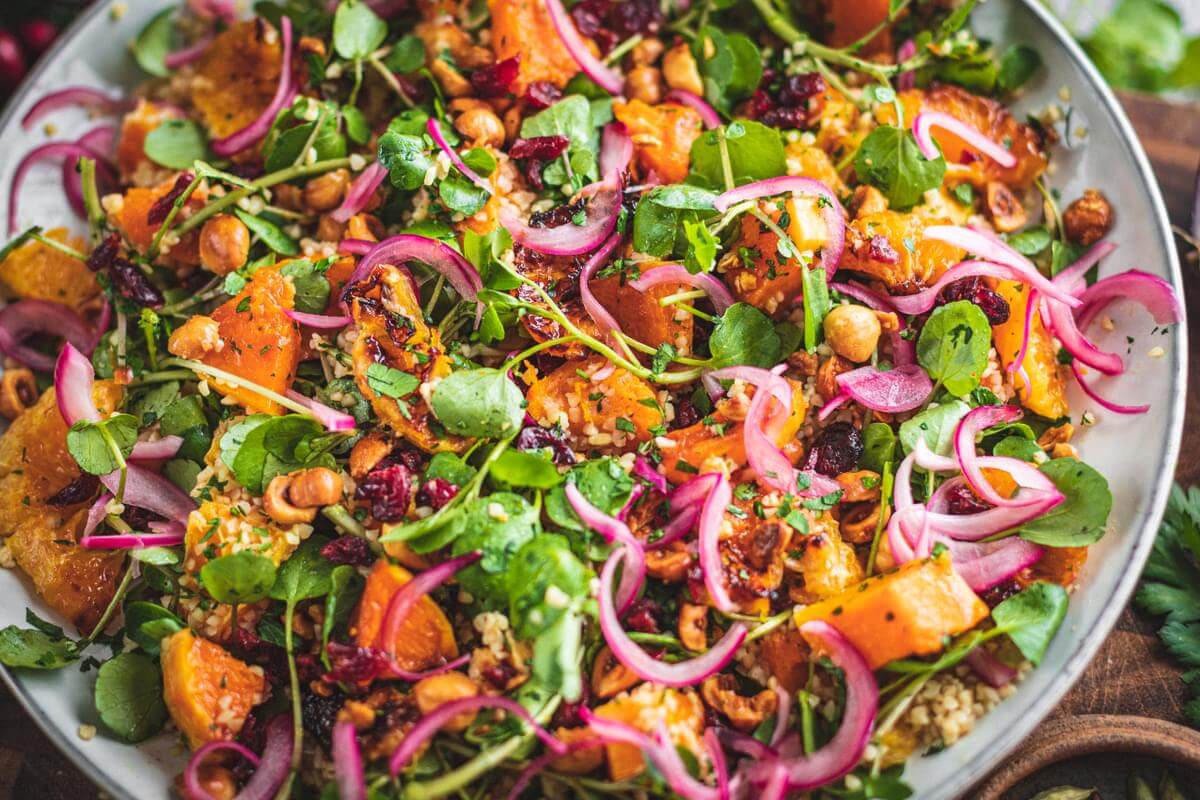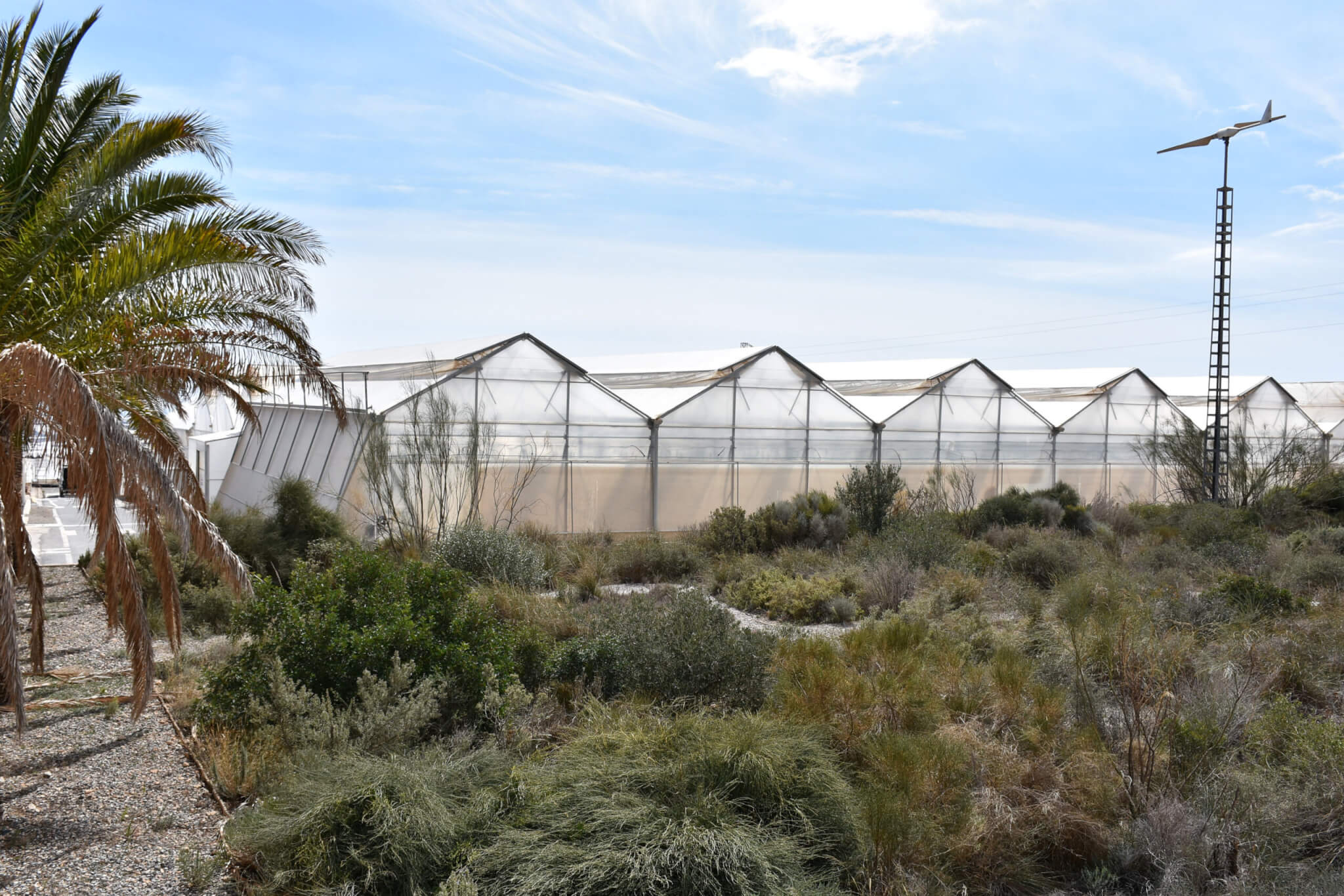As an urban dweller who discovered her love of plants while living in a one-bedroom flat with no outside space at all, I’m familiar with the overwhelming urge to grow vegetables without a garden.
My journey from documentary filmmaker to urban food-grower has seen me growing plants wherever I could find the opportunity: from raised beds in East London primary schools to a summer spent taking care of thousands of potted plants on a disused car park, and from installing pollinator-friendly planters in Tube stations to growing organic salad on a tiny site in Hackney. When you’re determined to grow plants in a city, you make it happen wherever you can!
I honestly believe that if you want to grow your own, it is possible. Even in the city, even without a garden, even if your outside space is tiny and paved over. You might not achieve self-sufficiency, but you can experience the pleasure of nurturing a seed into a plant that ends up on your plate. It is a simple but humbling process. It’s not always easy, but it needn’t be too difficult if you’re up for learning how to give a plant what it needs to survive, and thrive, in a pot.

Growing plants has led me to more than just delicious fresh produce. It has been a gateway to better mental and physical health. It has allowed me to access a deep gratitude for all those who have a role in growing our food, and it has enabled me to connect with the natural world that supports us and with the seasons through which we move every year.
Most importantly, it has prompted me to cultivate an ever-expanding awareness of the systems that feed us, and to do my best to tread as lightly on our extraordinary Earth as I can. That is why I grow my plants following organic principles, an approach that respects and honours the many natural systems that make it possible for plants to grow for our benefit and nourishment.
Planning your growing space
Now that you’ve had some ideas about what you’d like to grow and have got a sense of the potential of your growing space, you can start to plan. Measure the area you’re planning to fill with plants and determine how many pots you can comfortably fit into it.
You’ll want to use pots that give your plants enough space to grow to their full size, so to some extent this exercise will also help you decide what you can grow.
Here are two plans showing how much you could cram onto two different sized balconies:
Balcony 1
One courgette plant in a 50-litre container
One early potato plant in a 40-litre growbag
Two dwarf tomato plants, each in 30-litre growbags
Two 4-litre pots of pea plants (two plants per pot)
Two 5-litre pots of beetroot
Four 2-litre pots of radishes
Six 11cm pots of salad leaves
Four 1-litre pots of herbs
One wormery
Balcony 2
One large window box of hanging tomatoes and basil
One early potato plant in a 40-litre growbag
Two small window boxes of hanging nasturtiums, violets and chives
Three 11cm pots of salad leaves
One 5-litre pot of dwarf French beans
One 2-litre pot of rosemary, thyme or oregano
Two 1-litre pot of radishes, parsley and coriander
Put the sun-loving fruiting plants (such as tomatoes, peppers and aubergines) in a spot that gets good sunlight and salad leaves in areas that are a little shadier. If there’s a corner that’s too dark to grow anything in, you could set up a wormery.
If you’re using a balcony that gets a little windy, consider putting up a windbreak to provide shelter and protect your plants from damage or drying out too quickly. And if there’s a balcony below yours, it might be worth checking where the water that drains from your pots goes, to avoid any arguments with the neighbours.
If you’ve got limited space, it’s not very wise to devote a large section to a big vegetable such as courgette. Unless you’re hopelessly infatuated with a special variety that is impossible to buy in the supermarket or greengrocer, I would suggest choosing smaller, quicker crops that make the most of your space.

Claire Ratinon is an organic food grower who’s worked in a range of roles from growing crops for Ottolenghi’s restaurant, Rovi, to delivering food growing workshops.
Wicked Leeks readers can get 35 per cent off copies of How to Grow Your Dinner at www.laurenceking.com until 31 December 2020. Enter code WickedLeeks at checkout to claim your discount. Includes free UK postage. Terms and conditions apply.









The discount code listed here doesn’t work – at least, not today when I tried it!
I used the WickedLeeks discount code. Yesterday it wouldn’t work BUT today it went through for me. Keep trying NNewman.
Hopefully this is all sorted now but if you still had any problems please email wickedleeks@riverford.co.uk and we will be happy to help.